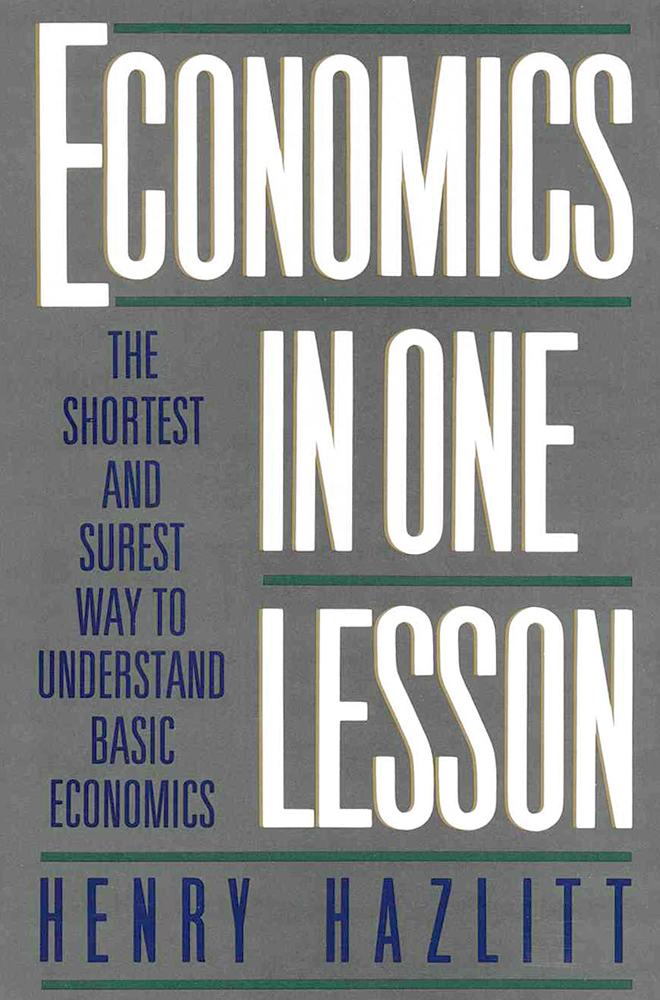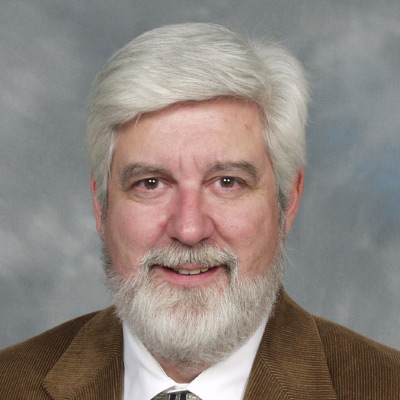Henry Stuart Hazlitt was born in Philadelphia in 1894. His father died when Henry was quite young, and his mother placed him in Girard College, a home for fatherless boys.[1] Henry was successful in school and entered tuitionfree City College of New York but was forced to withdraw to support his newly rewidowed mother.
With no degree and few skills, Hazlitt tried job after job but was always fired quickly in the fluid labor market of that time. He did, however, learn something at every opportunity, until he finally was able to work as an office boy at $5 per week. When he discovered that secretaries earned $15 per week, he enrolled in a secretarial school to learn shorthand and typing. These early experiences contributed to Hazlitt’s understanding of, and appreciation for, the way free markets offer people opportunity and choice.
Even with his newly acquired skills, Hazlitt still changed jobs frequently, before deciding what he really wanted to be: a newspaper reporter. He applied to the Wall Street Journal, which hired him to take dictation from the editorial page staff and over the telephone from off-site reporters. With a talent for writing and self-expression, Hazlitt was able to supplement his income by contributing—at 75 cents each—many pieces to the Journal’s “By-the-Way” column. During these early years, Hazlitt received a largely self-taught education in financial affairs and in writing for publication.
As is always true of self-education, he relied heavily on intense reading of literary and philosophical classics, devouring such writers as William Shakespeare, Charles Darwin and Herbert Spencer. He tried to educate himself about the philosophical foundations of the important social and economic issues of the day.
Hazlitt was only 22 when Thinking as a Science—the first of his many books—was published.[2] In 1916, Hazlitt left the Wall Street Journal to write economic columns for the New York Evening Post and, soon thereafter, for the New York Daily Mail. During America’s years of involvement in World War I, he served in the Army Air Corps, returning to his old job at the Evening Post in uniform the day he got home at the war’s conclusion.
Hazlitt’s desire to be a writer was as strong as ever, and he resumed his self-education through reading, especially about economic issues. He was influenced greatly by several books during this period, among them Philip Wicksteed’s The Common Sense of Political Economy, Benjamin Anderson’s The Value of Money and Ludwig von Mises’ Theory of Money and Credit. These works led him to an intellectual understanding of the pro-free-market Austrian school, an understanding that later became personal when he championed the school’s leading theoreticians in print, and then met and became friends with them.
Hazlitt met Mises when the latter fled Europe in 1940 to escape the problems being created by World War II. Hazlitt had praised Mises’ book Socialism in a New York Times review in 1938 and applauded his Human Action when it appeared in 1949. Hazlitt also avidly supported F. A. Hayek’s 1944 national best-seller The Road to Serfdom. Although the work of these Austrians influenced him enormously, Hazlitt remained an eclectic thinker whose economics blended classical, neoclassical and Austrian insights.
Hazlitt’s principled defense of free markets and politically unpopular positions cost him editorial jobs. He refused to blame capitalism for the Great Depression (The Nation), promote the New Deal or the Bretton Woods agreement (The New York Times), or endorse the Great Society and the ever-growing welfare state (Newsweek). In 1951, he wrote The Great Idea (later reprinted as Time Will Run Back), a remarkable novel in which, under new ruler Peter Uldanov—a sort of futuristic Peter the Great—the Soviet Union rediscovers free markets. Although pessimistic in its portrayal of Soviet domination of the United States, overall the book is optimistic. Peter ultimately triumphs against Bolshevik counterrevolutionaries, and the novel argues that great ideas can never be permanently lost or repressed because the truth can always be rediscovered by the application of human reason.
Hazlitt is best known for his 1946 book Economics in One Lesson, a collection of short refutations of economic fallacies prevalent at the time. When first published, the book immediately made the New York Times best-seller list but disappeared rapidly because only 3,000 copies were printed, despite its serialization in Reader’s Digest. Since that original misstep, the work has been reprinted many times, translated into at least eight languages and has sold over a million copies.
In 1959, Hazlitt published The Failure of the ‘New Economics,’ his chapter-by-chapter critique of John Maynard Keynes’ The General Theory of Employment, Interest, and Money. Many academic economists dismissed the work because Hazlitt was not one of them. But it remains a fascinating, clear and hardhitting analysis of many of Keynes’ contentions that have come to be seen as weaknesses in The General Theory. Hazlitt also edited a 1960 volume of essays by other economists critical of various aspects of Keynes’ doctrines.[3]
After leaving the grind of daily journalism, Hazlitt continued to write prolifically. Along with books that touched on many topics, he wrote short articles on freedom and free markets for The Freeman, a publication of the Foundation for Economic Education. He completed his final book, on the Stoic philosophers, when he was 90 years old. By the time he died in 1993 at age 98, he had written 20 books and countless book chapters, magazine articles and newspaper editorials. At a dinner honoring him on his 70th birthday in 1964, Hazlitt closed his speech with these memorable words:
“Even those of us who have reached and passed our 70th birthdays cannot afford to rest on our oars and spend the rest of our lives dozing in the Florida sun. The times call for courage. The times call for hard work. But if the demands are high, it is because the stakes are even higher. They are nothing less than the future of human liberty, which means the future of civilization.”[4]
No one worked harder, nor had the courage of his convictions more, than Henry Hazlitt, a tireless advocate for free markets who devoted his life to communicating important ideas to everyday people. He was, as the great American writer and satirist H. L. Mencken once said, “one of the few economists in human history who could really write.”
Notes
[1] Greaves, Bettina Bien, 1993, “A Man for Many Seasons,” in The Wisdom of Henry Hazlitt (Irvington-on-Hudson, N.Y.: Foundation for Economic Education). Much biographical detail in this article relies on Greaves’ account, pp. 11–26.
[2] Rockwell, Llewellyn. “Henry Hazlitt.” www.mises.org/hazlittbio.asp
[3] The Critics of Keynesian Economics, 1960 (Princeton, N.J.: D. Van Nostrand).
[4] The Wisdom of Henry Hazlitt, 1993 (Irvingtonon-Hudson, NY: Foundation for Economic Education), p. 48.








